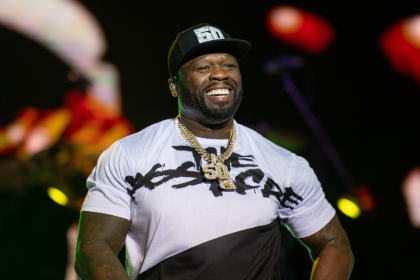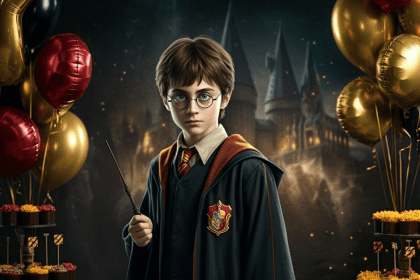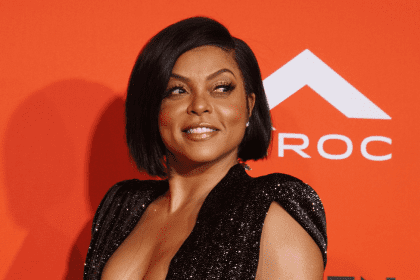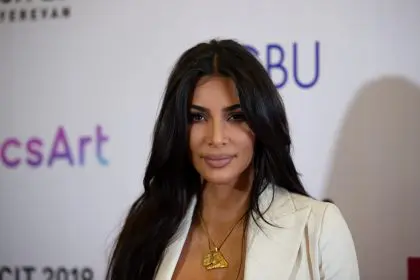The horror genre’s transformation from early gothic tales to modern psychological thrillers has carved a bloody path through cinema history. Beginning with atmospheric classics like Nosferatu and Frankenstein, the genre evolved to embrace more visceral forms of fear. Today’s horror landscape includes boundary-pushing films like Terrifier and Hereditary, which blend traditional horror elements with contemporary storytelling techniques. This evolution reflects changing audience expectations and societal fears, particularly within the slasher subgenre that dominates Halloween viewing traditions.
Anatomy of slasher appeal
The enduring allure of slasher films stems from their unique combination of suspense, gore and psychological manipulation. These films typically feature distinctive killers hunting victims in isolated locations, creating an atmosphere of inescapable dread. Beyond the surface-level violence, slasher films explore complex character development and backstories that resonate with viewers. The genre’s ability to create iconic villains while addressing deeper psychological themes has secured its position in horror cinema. The masked antagonists become more than mere killers; they transform into cultural symbols that reflect societal anxieties and moral questions.
Essential Halloween viewing
The foundation of any Halloween horror marathon includes these groundbreaking entries:
Halloween (1978): John Carpenter’s masterpiece introduced the relentless Michael Myers and established core slasher conventions
A Nightmare on Elm Street (1984): Wes Craven’s revolutionary film brought terror into dreams, with Freddy Krueger emerging as a uniquely terrifying presence
Friday the 13th (1980): Cemented the summer camp horror subgenre, transforming Jason Voorhees into a legendary figure of fear
Scream (1996): The meta-horror approach breathed new life into the genre, combining traditional scares with self-aware commentary
Hereditary (2018): Pushes psychological boundaries while maintaining the genre’s capacity for shocking audiences
Psychological impact and cultural significance
Slasher films transcend simple entertainment by tapping into fundamental human fears and societal concerns. These movies often serve as cultural mirrors, reflecting contemporary anxieties while addressing universal themes of mortality and morality. The genre’s psychological depth explores trauma, revenge and human nature, creating a viewing experience that resonates long after the credits roll. This combination of visceral scares and psychological complexity keeps audiences returning to these films, particularly during the Halloween season.
Modern evolution and future directions
Contemporary slasher films continue to evolve, incorporating new storytelling techniques and addressing modern fears. The genre’s ability to adapt while maintaining its core elements ensures its continued relevance in horror cinema. As Halloween approaches, these films offer both entertainment and commentary on societal issues, proving that the slasher subgenre remains a vital part of horror tradition. The ongoing evolution of these films suggests a bright future for horror enthusiasts seeking both scares and substance in their viewing experiences.
















